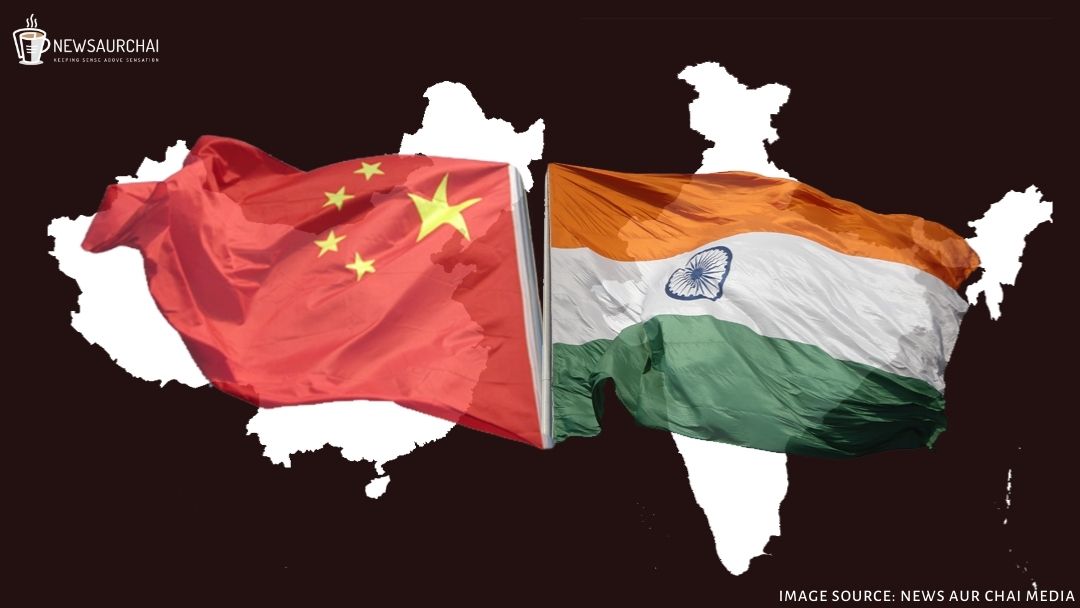
After Defence Minister Rajnath Singh opened dozens of new bridges near the India-China borders, Beijing, in a sharp reaction, today said that it “does not recognize the Ladakh Union Territory illegally set up by the Indian side” and questions infrastructure building in the region.
On Monday, the Ministry of Defense told in a statement that 44 bridges are built in the region. Eight of the bridges are created in the Ladakh province, where India-China have each assigned over 50,000 soldiers, tanks, missiles and have put on fighters on stand-by. Another eight are in Arunachal Pradesh in the country’s remote northeast, a region claimed by China where the border dispute is the sharpest. Additional four are in the Himalayan region that witnessed a months-long military deadlock in 2017 over the Doklam plateau, claimed by China and Bhutan, India’s ally.
The news of the bridges emerged after senior military officials and diplomats of India-China met on October 12 for the seventh time to restore peace after several recent confrontation.
Build to ease the transportation of heavy civil and military traffic, ramping up infrastructure development along the border and stepping up military deployment are “the root cause for the tension between the two sides,” says Zhao Lijian, spokesman for China’s Foreign Ministry on Tuesday in a press conference. He stated that India-China should avoid actions that might escalate tension in the region, undermining the efforts put forth by the two sides to calm the situation. Zhao added that India should take concrete measures to safeguard peace and tranquillity along the border.
India has ramped its infrastructure along the border under Prime Minister Narendra Modi, by completing 74 strategic roads along the eastern border, with plans to finish 20 more by next year. These roads will reduce the transportation time by half and help 431 villages that lie across the region during the Covid-19 outbreak.
India-China troops have been in constant face-off along the Himalayan border in the Ladakh province since May which witnessed the worst military crisis between the neighbours since the 1962 war. The tension peaked in June when 20 Indian soldiers were killed in a clash with Chinese troop at the line of duty. Two armies ended up in a face-off at Panging Tso region last month.
India-China following the standoff had tightened its law on foreign investment, also New Delhi had banned 224 Chinese apps.





